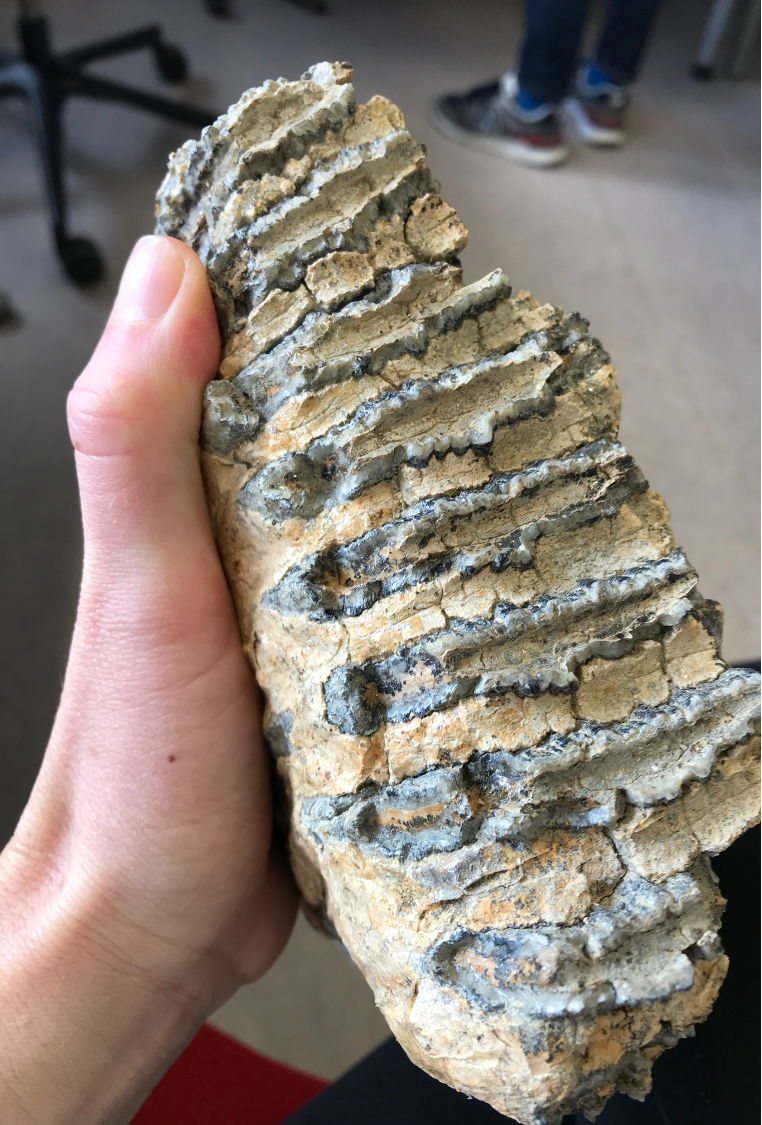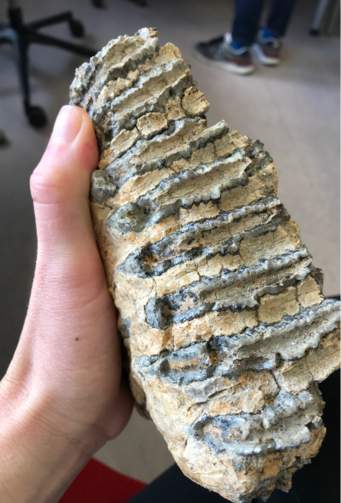Leibniz Collaborative Excellence: Understanding the “Anthropocene”: human alteration of ecosystems in our deep history
Collaborators: S. Gaudzinski-Windheuser (Johannes Gutenberg University) L. Kindler (MONREPOS Archaeological Research Centre and Museum for Human Behavioural Evolution, Römisch-Germanisches Zentralmuseum, Leibniz- Research-Institute for Archaeology), T. Tütken, T. Tacail (Johannes Gutenberg University), A. Martinez-Garcia (Max Planck Institute for Chemistry)

Zooarchaeological and isotopic data clearly demonstrate that Neanderthals and early modern humans in Pleistocene Europe acted as apex predators, occupying a role at the very top of the trophic pyramid. The Neumark Nord Project is focused on investigating the role of humans in shaping Pleistocene environments and food webs throughout the Last Interglacial (ca. 125,000 years before present). Specifically, the project will look at the impact of early humans on the large carnivore guild, the herbivore community, and the local vegetation at the Eemian lakeland site of Neumark Nord (Saxony-Anhalt, GER). This well-documented site spans a period of ~11.000 years of interglacial time, and contains a rich and diverse faunal assemblage (including lion, bear, wolf, hyena, fallow deer, red deer, giant deer, rhino, elephant, horses, and aurochs) as well as abundant evidence of Neanderthal hunting and butchery. Our team is analyzing carbon, nitrogen, and oxygen stable isotopes in the tooth enamel of the Neumark Nord fauna to reconstruct the paleo-food web assess at this site to assess the intensity and impact of Neanderthal hunting on the larger ecosystem.
